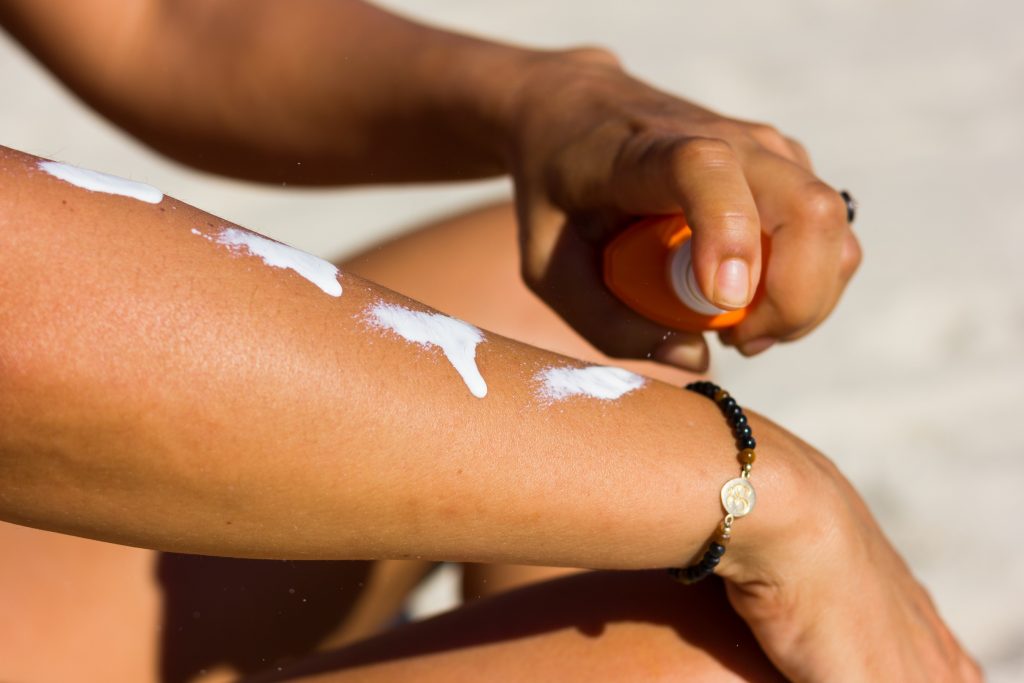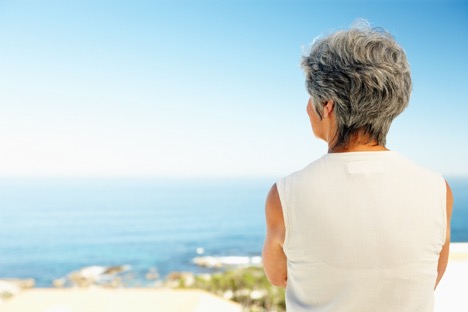Surgery is a common method of treating breast cancer, but it can be overwhelming. There is so much to think about and you might be feeling scared, especially about how you will handle recovery. Here are some tips that we hope will help to make your recovery easier:
Prepare: Recovering from breast surgery really begins before you even have your surgery. It will take you a few weeks to recover, at least, so take time to brainstorm everything you do on a daily and weekly basis. What can wait to do until after you’ve recovered? What do you need help with on a daily or weekly basis? You will need assistance, but before you make any arrangements, figure out exactly what those needs are. For example, do you need someone to drive the kids to activities? Take the garbage out? Cook or clean for you? Help with laundry or taking care of your bandages?
Find support: Once you know what you need, it is time to create a support system. You might need someone to help you dress, undress and bathe until your doctors remove your drain, if you’ve had a mastectomy. Ask what your spouse can help with and see where there are gaps. Perhaps your children, a few close friends or relatives can alternate times to help you. Neighbors might offer to take your children to their activities, while your mom offers to cook and do the housework for you.
Stock up: Make sure to cook and freeze a few days or weeks worth of meals before surgery, so you have easy-to-grab foods and snacks. Eating healthy is important for your recovery too, so choose low-fat, highly nutritious options. Keep fruit, vegetables and water on hand as well.
Don’t forget that you may have an issue putting on your current clothes, so consider purchasing several shirts that are a little larger than what you currently wear and that button up in the front so they are easier to get on and off and do not rub against your incision.
Don’t overdo it: Everybody wants to get back to their regular routine after surgery, but it’s important for your recovery that you don’t overdo it. Get plenty of rest and sleep, especially in the first few weeks.
Follow post-surgery care: You will be given exercises to do after surgery, information on how to care for your skin and directions on what you can and can’t do. For example, you may not be able to shower for a week or go in a pool for several weeks. Make sure to keep your follow-up appointments too. To heal properly, be sure to follow all directions that you’ve been given.
Be observant:If you have a drain, keep an eye out for any excess blood, signs of infection or other problems. If you see something that doesn’t seem right, contact your physician right away.




 This week, Richard M. Kline, Jr., MD, of The Center for Natural Breast Reconstruction answers your question about breast reconstruction.
This week, Richard M. Kline, Jr., MD, of The Center for Natural Breast Reconstruction answers your question about breast reconstruction.
 This week, Richard M. Kline, Jr., MD, of The Center for Natural Breast Reconstruction answers your question about breast reconstruction.
This week, Richard M. Kline, Jr., MD, of The Center for Natural Breast Reconstruction answers your question about breast reconstruction.






